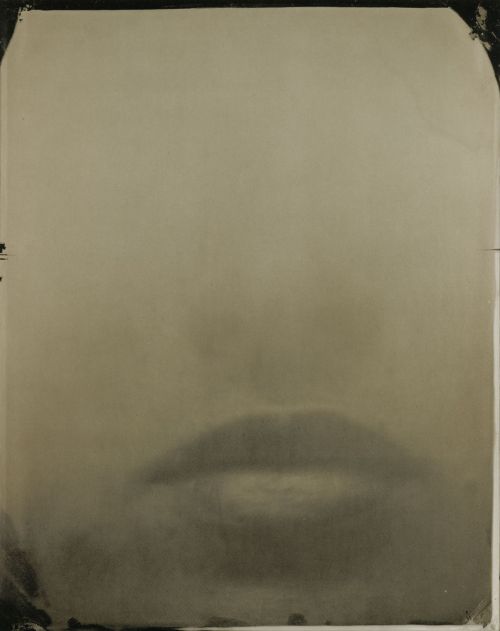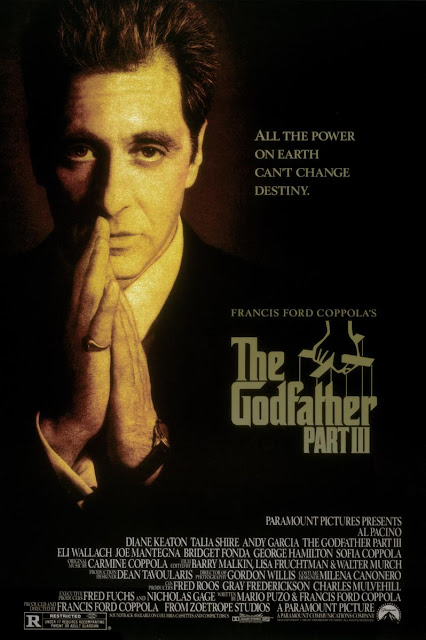The 100 best novels
written in English
No 84
In Cold Blood
by Truman Capote (1966)
Truman Capote’s non-fiction novel, a true story of bloody murder in rural Kansas, opens a window on the dark underbelly of postwar America
Robert McCrum
Monday 27 April 2015 05.45 BST
S
ome of the greatest books on this list are built on narratives that could have been torn from the pages of a newspaper (The Great Gatsby is a good example). In Cold Blood, subtitled “A True Account of a Multiple Murder and Its Consequences”, grandly described by Capote as “a non-fiction novel”, actually began as a New York Times murder story that became transformed into a tale of spine-tingling suspense and extraordinary intuition. It was Capote’s genius to understand that this midwest killing had a mythic quality, and that the sinister murderers opened up the dark underbelly of postwar America.
During the early hours of 15 November 1959, in the small prairie community of Holcomb, Kansas, four members of a prosperous farming family, the Clutters, were savagely murdered by shotgun blasts discharged at close quarters into their faces. There was no apparent motive for the crime, and hardly any clues. The local FBI investigator, Alvin Dewey, had never seen a crime so meaningless or “so vicious”, and vowed to hunt down and convict the killers, whatever the cost. More darkly, the backstory to Capote’s book became a private tragedy, etched between the lines of a brilliant quasi-journalistic investigation, that would haunt Capote throughout his writing life.
Soon after the news of this shocking massacre had broken in the US press, the fashionable and acclaimed author of Other Voices, Other Rooms (1948), Breakfast at Tiffany’s (1958), and some ground-breaking New Yorker reportage, arrived in Holcomb in the aftermath of the Clutters’ funeral. He was not alone. In one of many unacknowledged deceptions perpetrated on the reader, he was accompanied by his childhood buddy, Harper Lee. She had just finished writing the novel (To Kill a Mockingbird, No 78 in this series) that would make her famous. Her role in Capote’s bestseller now became crucial.
It was Harper Lee who would help to penetrate the cordon of silence protecting the privacy of a remote Kansas community reeling from the Clutter murders. As a result, Capote was able to conduct his own unforgettable investigation into the manhunt, arrest and trial of the killers, Dick Hickock and Perry Smith, a weird quest that would end just after midnight, 14 April 1965, on the gallows of the Kansas state penitentiary.
“No one will ever know what In Cold Blood took out of me,” Capote once said. “It scraped me right down to the marrow of my bones. It nearly killed me. I think, in a way, it did kill me.”
A note on the text
Truman Capote, describing the composition of In Cold Blood, spoke of “maintaining a stylistic and emotional upper hand over your material”, asserting that “the greatest intensity in art in all its shapes and sizes is achieved with a deliberate, hard and cool head”. Finding the right form for your story, he insisted, was “simply to realise the most natural way of telling the story”. As a great literary self-promoter, he also claimed a special originality for In Cold Blood. Several critics, unmoved by this hype, preferred to place his “non-fiction novel” in a tradition that could be traced to The Storm by Daniel Defoe (1704), in which Defoe (No 2 in this series) used the voices of real people to tell his story. Indeed, this technique would be adopted by many subsequent writers before Capote, including Dickens, Twain and Steinbeck (Nos 15, 23 and 65 in this series).
Capote also maintained, at least initially, that he was not writing a crime story. In public, in the early days of the project, Capote stuck to this line. In 1962, he toldNewsweek: “My book isn’t a crime story. It’s the story of a town.” Well, maybe. But the more he recognised that Hickock and Smith were central to the story he wanted to tell, the more he abandoned this first intention (if that’s what it was). Focusing on the killers and their victims gave his narrative a texture and a shape – and some extraordinary pace. The experience of reading the book is still vertiginous. Actually, he composed In Cold Blood in brief, self-contained sections, linking them like pieces of a jigsaw puzzle. In the process, Capote began to exploit classic literary crime techniques to heighten the suspense. Several critics have noted the quasi-cinematic style of the first two sections of the novel (The Last to See Them Alive and Persons Unknown), and the urgent inter-cutting between the Clutters and their killers.
When I worked at Faber & Faber in the 1980s, I was lucky enough to become friends with Capote’s editor at Random House, the legendary Joe Fox. He often spoke about working with “Truman” on this manuscript, and some of what follows is owed to my memories of Joe’s conversation.
Fox used to say that his author was for a long time rather lost in Kansas, wondering what on earth he had got himself into, and how he was going to fashion a narrative. For the first several weeks, with the police making no progress on the case, as Capote himself said later: “Nothing happened. I stayed there and kept researching it and researching it and got very friendly with the various authorities and the detectives on the case. But I never knew whether it was going to be interesting or not.”
Capote fretted to Fox that he was getting nowhere. What if they never caught the killers? Was the projected book just a wild goose chase? But then, by chance, Smith and Hickock were apprehended for a different crime, interrogated and charged. Once the story began to gather speed, Capote found a new set of worries. What if the killers would not co-operate? Or speak to him? To animate the middle and closing sections of the book (Answer and The Corner), he had to establish a dialogue with Hickock and Smith. Being Capote, this became both intimate and obsessive. As he put it: “I made very close contact with these two boys and saw them very often over the next four years until they were executed.”
This relationship, especially with Perry Smith, inspired the later charge that he had somehow coldly waited for the hanging, as a suitably moving climax. This accusation surfaced first in the Observer in a row between Capote and the critic Ken Tynan after his review of In Cold Blood implied that Capote wanted an execution. Capote always rebutted this. “I never knew,” he once said, even when halfway through the book, and after working on it for a year and a half, “whether I would go on with it or not, whether it would finally evolve itself into something that would be worth all that effort.”
Capote’s literary aesthetic also attracted the criticism of Tom Wolfe in his 1967Esquire essay Pornoviolence in which he argued that In Cold Blood manipulates the reader with the promise of disclosing gruesome details about a true crime, thereby reducing the work to a level of sadistic sensationalism, what Wolfe dubbed “pornoviolence”.
Eventually, Joe Fox (who actually travelled with Capote to the killers’ execution) persuaded his author that the book was done. Random House published In Cold Blood early in 1966, after a four-part serialisation the previous September in theNew Yorker, whose editor, William Shawn, had first commissioned Capote. In Cold Blood was a succès fou in the USA and, later, worldwide. But its success blighted Capote’s creativity, and his work dwindled to almost nothing in the 1970s. He died in 1984, aged 59, shortly before his 60th birthday.
Three more from Truman Capote
Other Voices, Other Rooms (1948); Breakfast at Tiffany’s (1958); Music for Chameleons (1980).
THE 100 BEST NOVELS WRITTEN IN ENGLISH






















%2B(1).jpg)
